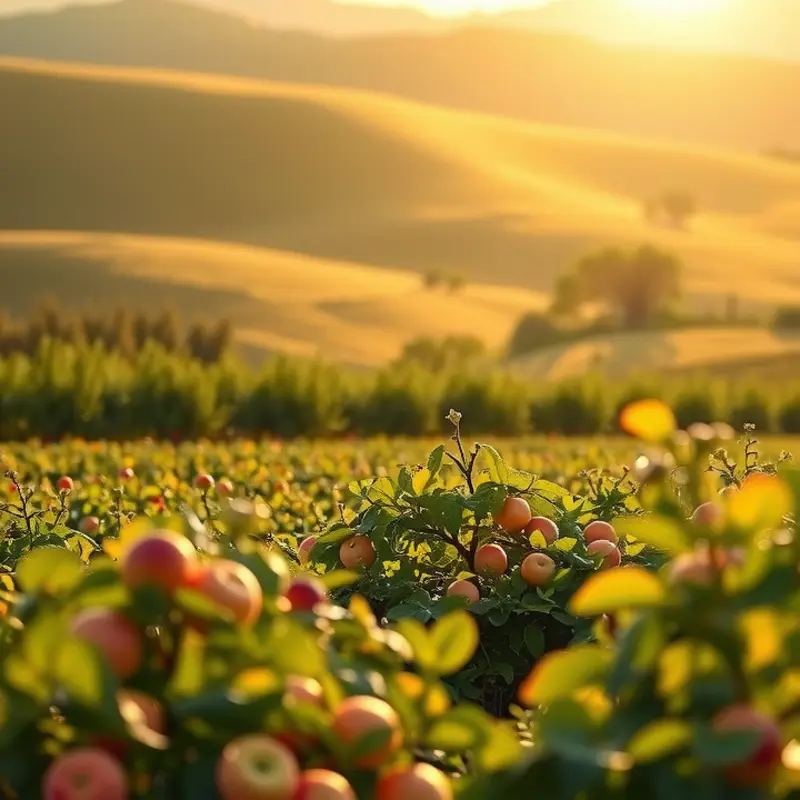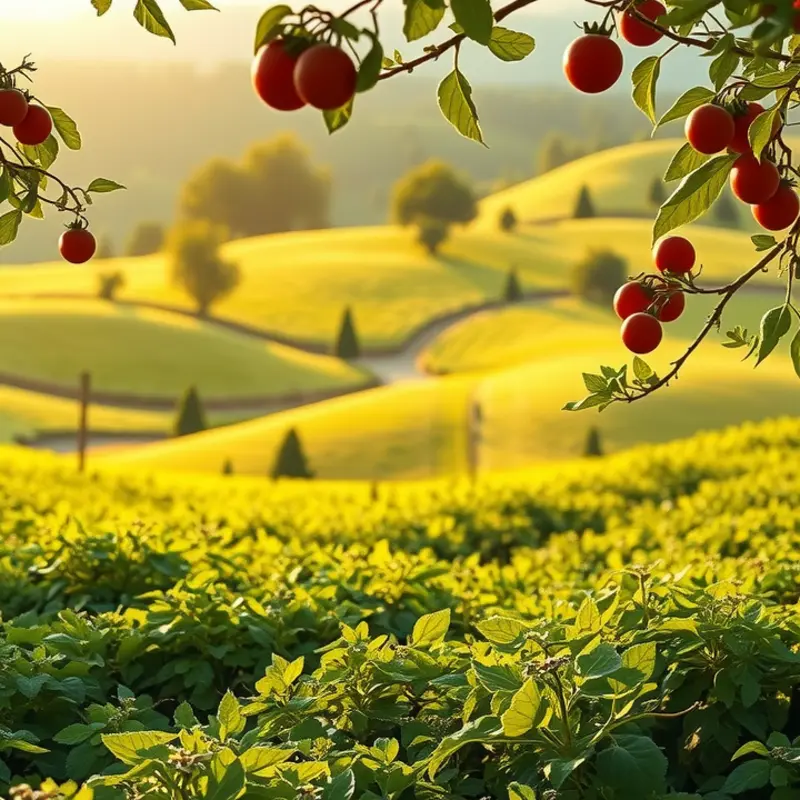From sun-dried tomatoes to fermented kimchi, food preservation methods tell a story about culture, creativity, and sustainability. The art of keeping food for longer periods spans centuries and showcases the diverse culinary traditions of the world. Each method not only reflects the availability of ingredients but also the climate, history, and customs of a people. Discover these fascinating techniques that enhance flavors and enrich our culinary experiences.
Artisanal Preservation: A Global Overview

Throughout history, humans have developed ingenious ways to preserve food. These methods, passed down through generations, are not merely about extending the shelf life. They are vital practices that enhance flavors and reflect cultural importance.
Pickling, a method embraced globally, is particularly prominent in regions such as Eastern Europe and Southeast Asia. In Eastern Europe, vegetables like cucumbers transform into tangy delights through a careful blend of salt, spices, and lacto-fermentation. In Korea, the process is elevated to an art form with kimchi, where cabbage, radishes, and spicy gochugaru peppers create a symphony of flavors. Pickling not only prevents spoilage but also adds a complex taste dimension that fresh vegetables cannot offer.
Smoking is another ancient technique vital to countless cuisines around the world. The Nordic regions have perfected the method with smoked fish, particularly salmon, known for its savory taste and delicate texture. Meanwhile, in North America, indigenous peoples historically smoked bison and other meats over long periods, creating jerky, which is both nutrient-rich and shelf-stable. Smoking imparts a deep, smoky flavor and preserves food even in harsh climates.
Drying is perhaps one of the oldest known preservation methods. In the Mediterranean, sun-dried tomatoes exemplify how dehydration can intensify flavors, offering a burst of sweetness in every bite. In the Andes, communities use the freeze-drying process, developing chuño, which preserves potatoes and offers a versatile ingredient used in soups and stews. This method highlights the resourcefulness needed in regions where climate dictates available preservation tools.
Fermentation—the transformation of food by beneficial microbes—is a cornerstone of many culinary traditions. Cheese making in Europe, soy sauce production in Asia, and the creation of bread leavened with wild yeasts illustrate its global relevance. Fermented foods not only preserve nutritional content but can also improve it, providing probiotics that bolster gut health.
Additionally, each method reveals unique cultural nuances. For example, the preparation of Italian salt-cured meats like prosciutto is a meticulous process steeped in tradition. It showcases an understanding of how salt can protect and enhance meat’s natural flavors over time.
These time-honored techniques are complemented by modern methods like vacuum sealing, which further protect against spoilage. Interested readers can explore more about this in related articles on vacuum sealing foods.
The artistry of food preservation unites us all, showcasing a shared human instinct for creativity and survival. By appreciating these techniques, we connect with the historical tapestry of human resilience.
Regional Gems: Preservation Techniques You Must Try

Delving into the world of food preservation unveils a tapestry of culinary arts spanning continents and cultures. From the sun-drenched fields of Italy to the misty fjords of Norway and the serene landscapes of Japan, each region offers a unique way to savor nature’s bounty through time-honored preservation techniques.
Italian Sun-dried Tomatoes
Sun-dried tomatoes capture the essence of Italian summer, concentrating sweetness and acidity into delicate bites. In their traditional form, Rome and Sicily are noted for their sun-dry methods. Tomatoes are sliced in half, salted, and arranged on a drying rack under the sun for several days. Flip them to ensure even drying. For home kitchens, an oven set at the lowest temperature replicates this method—tomatoes dry to perfection after roughly eight hours. Essential tools include a serrated knife, baking trays lined with parchment, and patience. These tomatoes enhance pasta dishes, salads, or even a homemade pizza.
Japanese Koji Fermentation
Koji fermentation, a cornerstone of Japanese cuisine, involves rice inoculated with Aspergillus oryzae mold. This process transforms basic grains into complex umami bombs used in miso, sake, and soy sauce. To try koji fermentation, start with steamed rice spread thinly and inoculated with koji spores. Maintain a warm, humid environment (around 30°C/86°F) and allow the mold to propagate over 48 hours. The process requires a thermometer, bamboo mats, and dedication to detail. The cultural significance is profound, bridging traditional dishes to contemporary experiments in flavor.
Norwegian Fish Curing: Gravlaks
A staple of Scandinavian winters, gravlaks utilizes salt, sugar, and herbs to cure fresh salmon. This method preserved the catch through harsh weather. The process is simple yet elegant: mix equal parts salt and sugar with dill and black pepper. Cover the salmon fillets with the mixture and refrigerate for up to 48 hours. Turn them halfway through the curing time. Necessary items include a shallow dish, plastic wrap, and weight to press the fillet gently. Serve thinly sliced with mustard sauce or on crisp bread, harmonizing with Norway’s rugged, natural beauty.
Each of these techniques provides more than just preserving food—they offer an exploration of culture and history, allowing even novice cooks to embrace global traditions at home. Experimenting with these methods serves as a bridge to distant lands and enriches kitchen repertoires with time-tested flavors. For those interested in tailoring their preservation practices to their living situations, exploring pantry organization ideas can enhance both the experience and efficiency of home food storage. Whether savoring sun-dried tomatoes in a Caprese salad, crafting a miso soup, or enjoying fresh gravlaks, these techniques invite a taste of the world into everyday meals.
Final words
Global food preservation methods are a rich tapestry of cultural practices that highlight resourcefulness and culinary creativity. As we’ve learned, techniques like drying, fermentation, and smoking are more than just ways to extend the shelf life of food; they tell stories of tradition, climate, and innovation. By embracing these methods, we not only preserve flavors but also the culinary heritage of diverse cultures. Exploring these practices allows us to engage deeply with foods that are not only delicious but steeped in history. So, roll up your sleeves, delve into the art of preserving, and let their cultural significance enrich your cooking journey.








